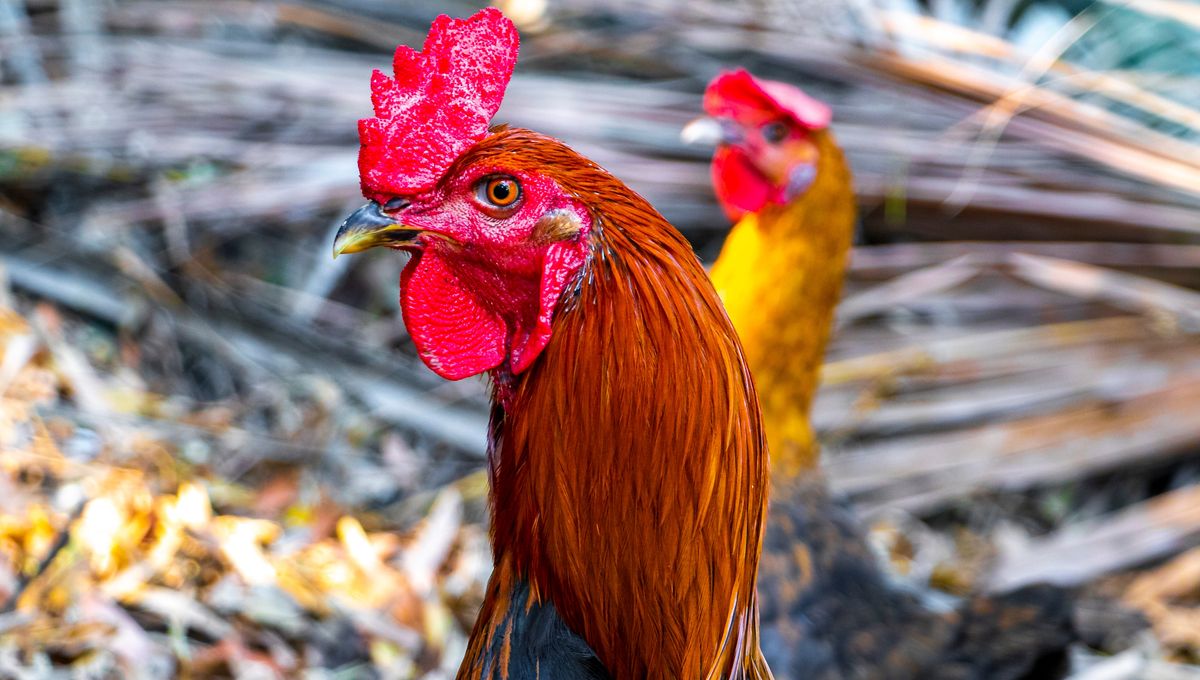
A man in Mexico has died after contracting the first lab-confirmed human infection with H5N2 bird flu. It’s unclear how the man was exposed to the virus, but this type of avian flu has previously been found in poultry in the country. The risk to the general public is still considered to be low.
The World Health Organization (WHO) has confirmed a report of a fatal human case of H5N2 influenza, filed by the Mexico International Health Regulations (IHR) National Focal Point (NFP) on May 23, 2024. The 59-year-old man was a resident of the State of Mexico and had been treated in hospital in Mexico City after developing symptoms including fever, shortness of breath, and diarrhea.
He had been unwell previously and had multiple underlying conditions, including chronic kidney disease and type 2 diabetes, but had sought medical treatment for the new symptoms on April 24.
PCR testing confirmed that he was suffering from influenza type A, but further testing by Mexican health authorities was required to confirm the subtype as H5N2.
Influenza subtypes are categorized according to two surface proteins that pepper the outside of each virus particle. There’s hemagglutinin, responsible for the “H” number, and neuraminidase, which gives the “N” number. The swine flu pandemic of 2009 was caused by an H1N1 virus. Other rare subtypes circulate in pig or bird populations and very occasionally make the jump to humans.
We’ve heard a lot recently about outbreaks of H5N1 bird flu across the United States and around the world, with wild birds, dairy cows, cats, and alpacas being just some of the species affected. There have been three reported human cases of H5N1 directly linked to outbreaks on dairy farms, but all three patients have recovered.
H5N2 – the virus that infected the man in Mexico – is also an avian flu virus and has the same hemagglutinin type as H5N1, but a different neuraminidase protein. These two proteins help the virus invade cells and are targeted by the immune system as it races to build an antibody response.
The WHO reports that no further cases have been detected so far. Seventeen of the man’s close contacts were monitored in hospital, and all tested negative for the flu and COVID-19 between May 27 and 28. Additionally, 12 of the patient’s neighbors have been tested, seven of whom have shown some symptoms. As of May 28, however, all 12 have tested negative for influenza A, influenza B, and COVID.
There have been three outbreaks of H5N2 strains on poultry farms in Mexico this year. “Thus far, it has not been possible to establish if this human case is related to the recent poultry outbreaks,” the WHO explained.
The Mexican government also said in a statement that there was no risk to the wider population.
While the H5N2 virus is not the same as the H5N1 highly pathogenic influenza that’s currently hitting headlines, influenza expert Andrew Pekosz from Johns Hopkins University told Reuters that the case underscores the potential of H5 viruses to jump into other mammals.
“So it continues to ring that warning bell that we should be very vigilant about monitoring for these infections, because every spillover is an opportunity for that virus to try to accumulate those mutations that make it better infect humans,” Pekosz said.
Source Link: First Ever Human Case Of H5N2 Bird Flu Leads To Death In Mexico